Earlier this month, at MuleSoft CONNECT 2018, we unveiled Titan, the next major release of Anypoint Platform. A major component of this release includes Mule 4 and Studio, which offers an easy way to create reusable connectivity assets, like connectors and APIs, through REST Connect.
REST Connect is a tool that takes API specifications and automatically generates connectors to accelerate the process of building APIs. Consider a world where Jane, Max, and Peter work for Mule Apparel. Jane wants to define and build a product API and a shopping cart API so partner organizations can create accurate shopping experiences.
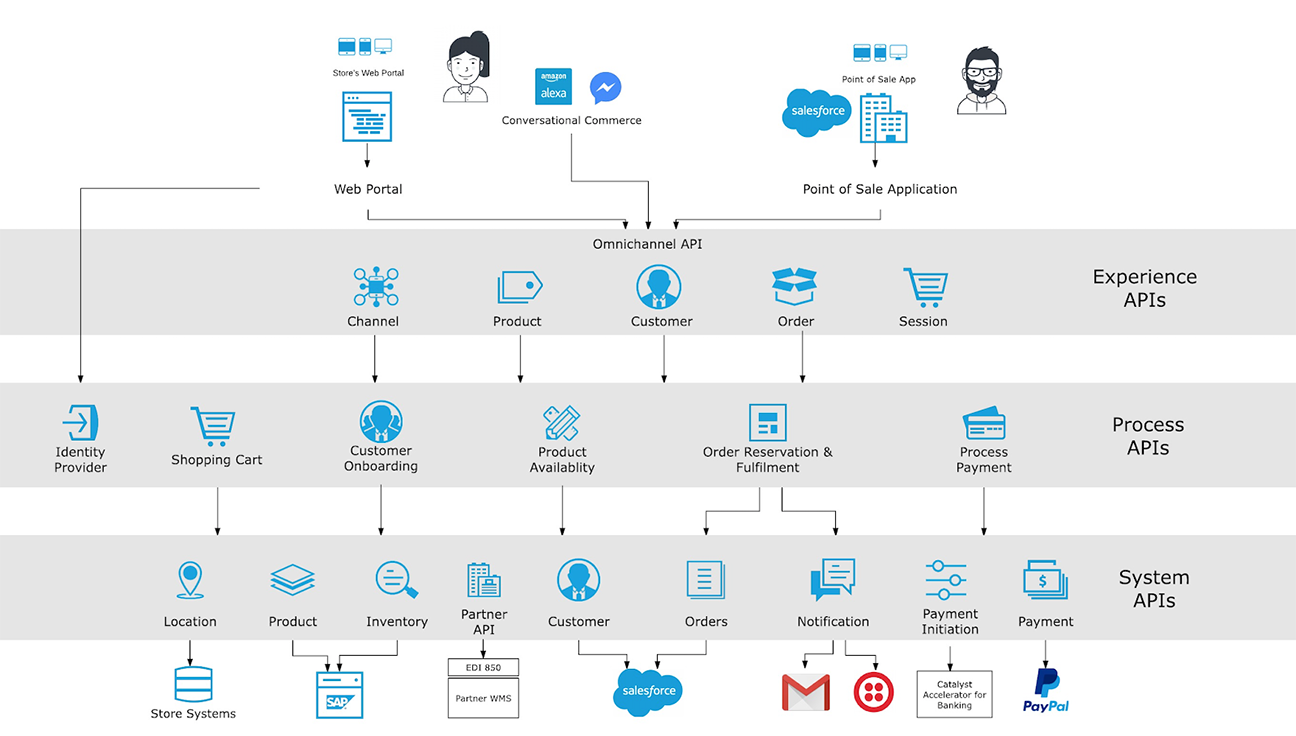
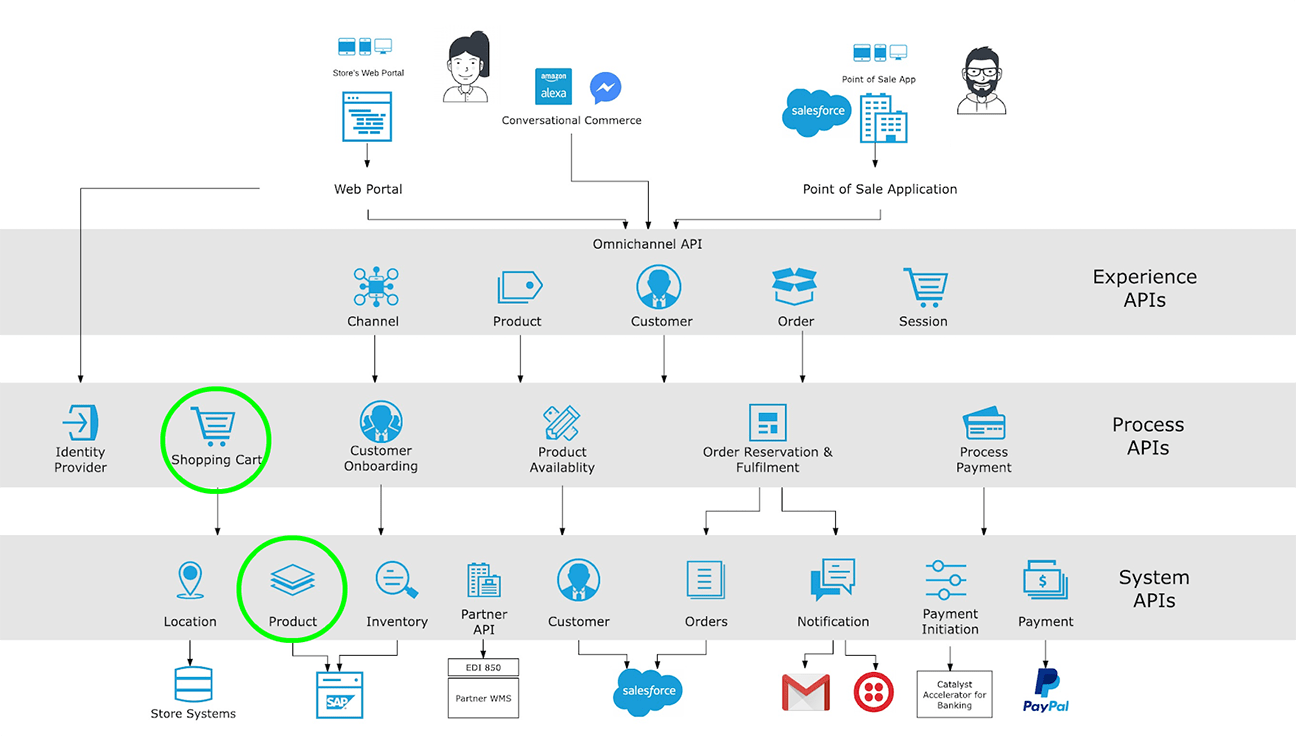
Jane starts off by defining the specification of the two APIs. By outlining the APIs for functionality, she is able to clearly document how the APIs will operate. Below is a screenshot of how the product API looks.
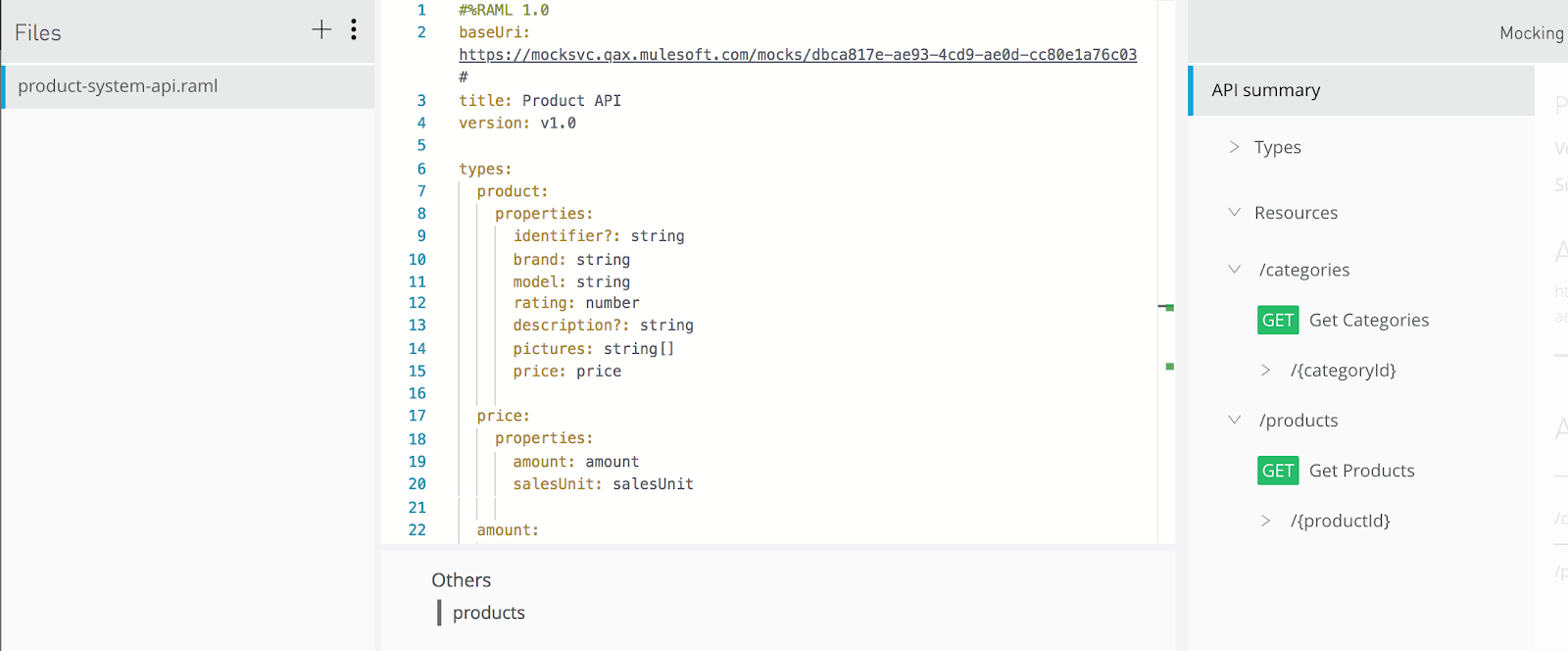
After completing the API specification, Jane pushes her specification to Anypoint Exchange, where the REST Connect tool automatically creates a connector. By generating a connector from the specification, Jane is able to speed up the implementation of the API because it uses the specification as the template to the API itself.
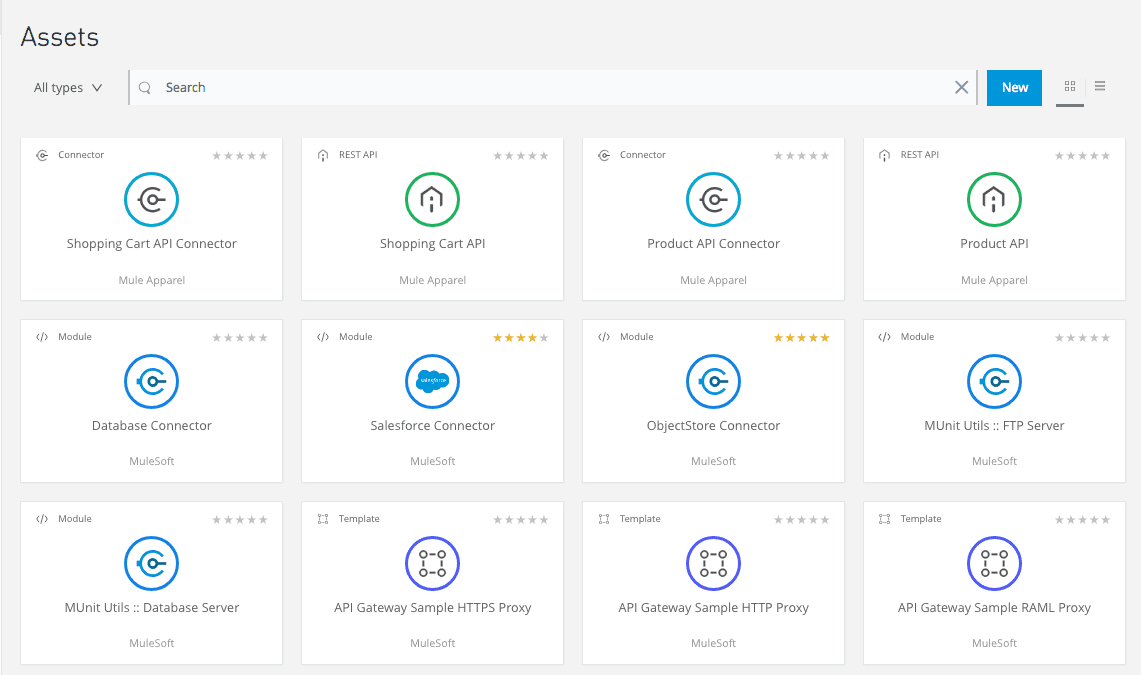
Max implements the APIs in Studio 7. Since the connectors for the APIs exist, she can drag-and-drop the connector into the API implementation. This means that Max builds the API knowing the framework Jane created, eliminating room for error when exchanging technology and information.
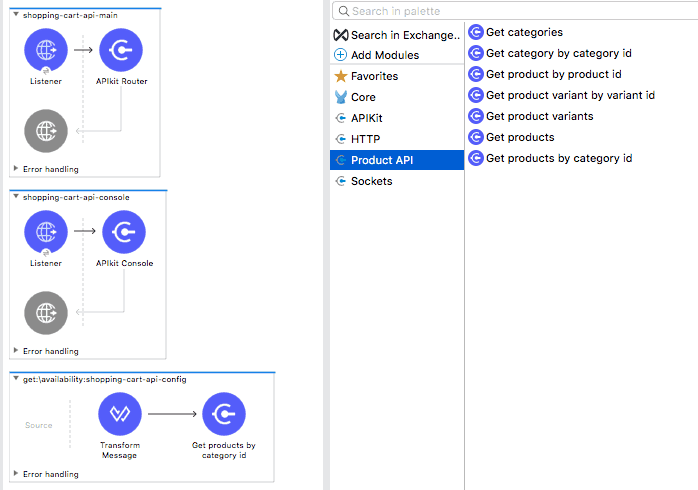
REST Connect generates the names of operations based on operationName, displayName, and endpoint (in that order). To modify a generated name, you can point to the REST Connect library and use the operationName annotation from a method such as GET, POST, and DELETE, or you can change the text in displayName under the method.
Since the general template exists for the API implementation, Max can focus her time on configuring the implementation with appropriate permissions, client IDs, or secrets. She can select and customize appropriate operations, and transform the output with DataWeave embedded into the operations directly. When Max is done building her API, she can deploy it.
Now, Jane has been able to focus her attention on building out comprehensive API specifications, knowing that Max will be able to take the specification and implement the API to its full functionality. Max has been able to jumpstart the API build with the outline as a guide to its implementation.
Now, consider when Peter, a sales operations manager, wants to create a mock shopping experience to test a new packaging structure. He wants to be able to take the pre-existing APIs to create an application that sends an email with the new product information every time a new user signs up at muleapparel.com.
He can pull the underlying connector and APIs automatically from Exchange into his flows in flow designer.


Peter doesn’t need to reinvent a new API to create the application. Instead, he drags the connectors into his flow to pull the relevant information and transform data accordingly to create the desired application. See how it works in action by watching the demo video below:
Building reusable components like APIs and connectors with Mule has never been easier. We are excited for you to explore these new capabilities and reach new levels of speed, security, and flexibility with your APIs and integrations!
To learn more about the latest release of Anypoint Platform, check out the following resources:
- Webinar: What’s new with Anypoint Platform’s Titan Release
- Platform Overview: Anypoint Platform Titan Release
- REST Connect FAQ: About Converting a RAML to a Connector Using REST Connect








